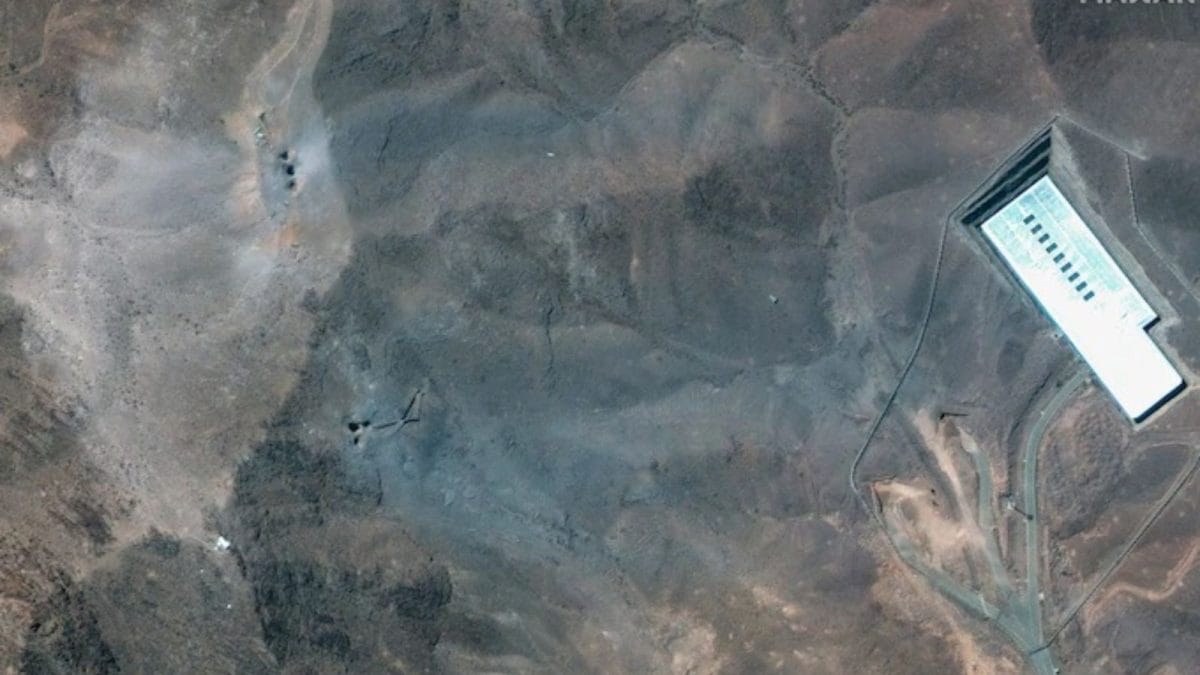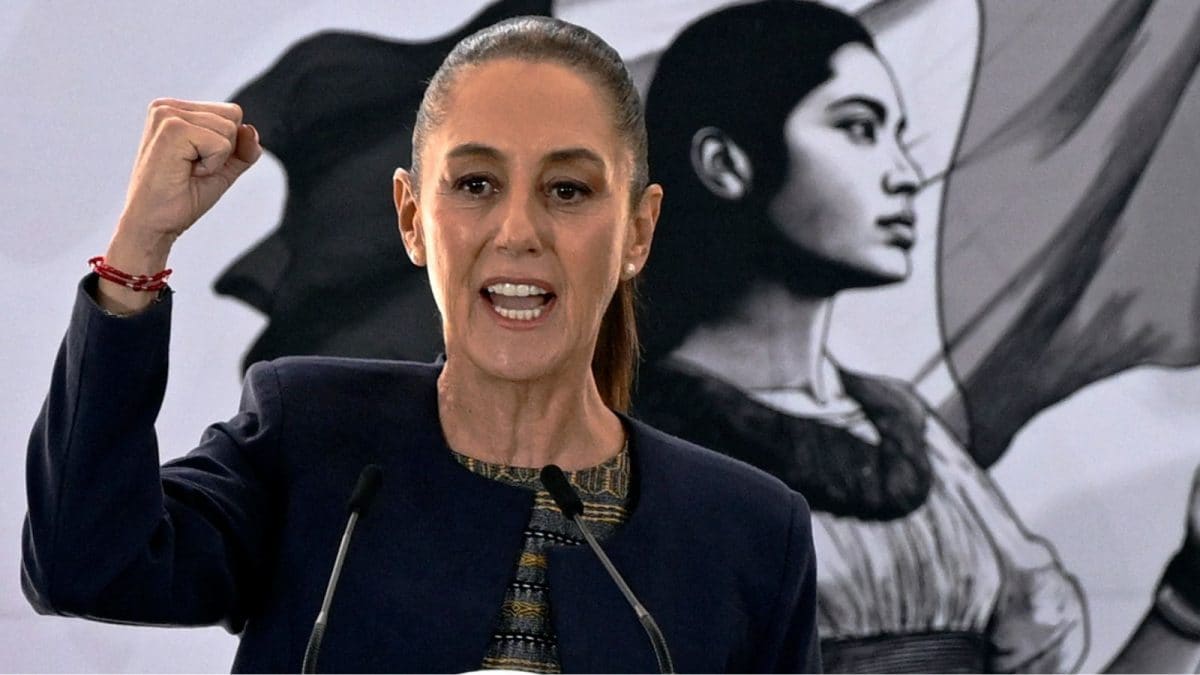ARTICLE AD BOX

Image credits: X/@narendramodi
The Prime Minister of India, Narendra Modi is on an official five-nation tour from July 2-9. In what is termed as the longest diplomatic visit by the Prime Minister in nearly 10 years, Modi will be attending various bilateral, multilateral and other programmes in Ghana, Trinidad & Tobago, Argentina, Brazil and Namibia.Recently, the Prime Minister visited Trinidad & Tobago where he was welcomed by Prime Minister Kamla Persad-Bissessar for a special dinner. While the menu of the vital dinner was unique, what caught the eyes of many was the large, green Sohari leaves the dinner was served on .Modi took to X later to share how the Sohari leaf was of great cultural significance to the people of Trinidad & Tobago, especially those with Indian roots. What was the significance that the PM was talking about? Know more below!
What is Sohari leaf?

Image credits: Facebook
With looks similar to a banana leaf, the Sohari leaf is scientifically called 'Calathea Lutea' and is found in the wet tropical regions of the Caribbean.
Known as the bijao or cigar plant, the plant grows up to 3 metres in height and its broad leaves are often a metre long. They are typically used in local cooking to either wrap the food or as eco-friendly plates to serve food. In Trinidad's hot and humid climate, Sohari leaves are ideal for serving hot dishes like rice, curries and more without leaking or tearing.
Why are Sohari leaves used for serving food in Trinidad?

Image credits: Facebook
The word 'Sohari' has roots in the Bhojpuri language where it translates to 'food for the gods'.
Originally, the word was used for a type of ghee-basted roti that was offered to Hindu priests during religious rituals. Over time, the large leaf that this roti was served on also came to be known by the same name. Today, during festivals like Diwali, an entire meal is served on the Sohari leaves.The usage of Sohari leaves for serving food to the Indian prime minister is not just a message of local tradition or environmental protection but also a nod to the Indians. About 42% of Trinidad & Tobago's population is of Indian descent. The majority of these people are citizens whose ancestors arrived as indentured labourers between 1845 and 1917. The usage of this leaf is a reminder of ancient tradition for the Indians living there and a bridge between the two cultures.



.png)
.png)
.png)
















 5 hours ago
4
5 hours ago
4









 English (US) ·
English (US) ·